Class 10 Exam > Class 10 Notes > History and Civics Class 10 ICSE > Revision Notes: Forward Bloc and the INA
Revision Notes: Forward Bloc and the INA | History and Civics Class 10 ICSE PDF Download
Subhas Chandra Bose
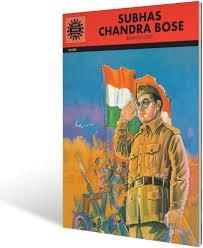
Early Life and Education
- Subhas Chandra Bose was born on January 23, 1897, into a Bengali family.
- After his initial schooling, he attended Presidency College in Kolkata and later went to England for higher studies.
- In 1920, he cleared the Civil Services Examination but chose to resign from this prestigious position to join the Indian National Movement.
Political Involvement
- Bose was a strong nationalist who believed in taking bold and aggressive actions to achieve India’s independence.
- He entered politics at the age of 24 and, although he did not fully agree with Mahatma Gandhi’s approach, he took part in the Non-Cooperation Movement.
Differences with Gandhi
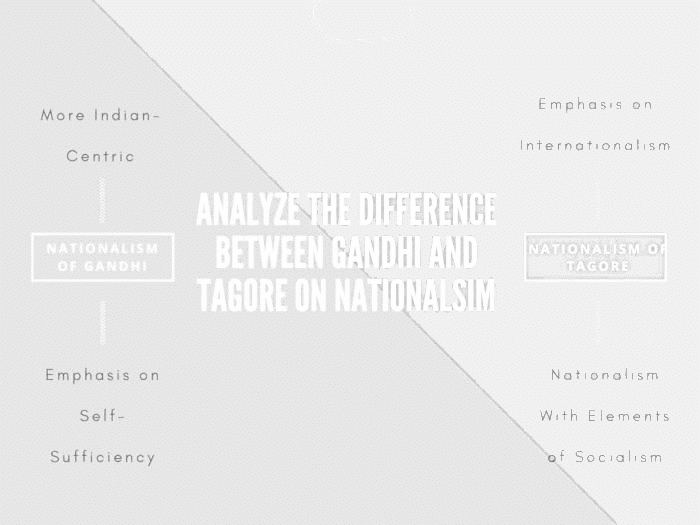
- Subhas Chandra Bose was elected as the President of the Indian National Congress (INC) in 1938 and sought re-election in 1939.
- Election and Re-election: Bose was initially supported by radical elements within the INC for re-election in 1939, despite Mahatma Gandhi backing Pattabhi Sitaramayya.
- Ideological Differences: Bose's beliefs in socialism and radical change clashed with Gandhi's principles of Satyagraha, which advocated for non-violent resistance.
- Approach to Freedom: Bose thought India needed foreign assistance for independence and viewed the conflict between Britain and Germany as a potential opportunity. This perspective was strongly opposed by Gandhi and Jawaharlal Nehru.
- Resignation and Formation of the Forward Bloc: Due to these fundamental differences, Bose resigned from the INC in April 1939 and later founded the Forward Bloc in May 1939.
Objectives of the Forward Bloc
Formation and Initial Goals
- The Forward Bloc was established by Bose with the intention of working within the Congress party to achieve India’s liberation.
- However, the Congress Working Committee opposed this move, disqualifying Bose from holding any Congress Committee position for three years.
Immediate Objective
- The Forward Bloc aimed to free India with the support of workers, peasants, youth, and other radical organizations.
Vision for Post-Independence
- After achieving independence, the Forward Bloc planned to establish a socialist society in India through various measures.
Key Measures Proposed
- Abolishing the Zamindari System: This system of land revenue collection would be eliminated to promote land reform and social justice.
- Right to Work: Making the right to work a fundamental right for all citizens to ensure employment and livelihood security.
- Worker Benefits: Providing various medical and economic benefits to workers to improve their living and working conditions.
- New Monetary and Credit System: Introducing a revamped monetary and credit system to support economic stability and growth.
Arrest of Subhas Chandra Bose
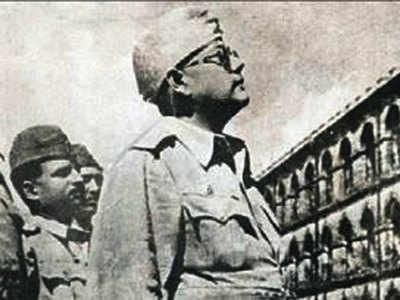
- Bose was taken into custody by the government due to his radical views and his efforts to spread anti-government sentiments among the public.
- While in prison, he went on a hunger strike. On the seventh day of his fast, the government released him but placed him under house arrest in Kolkata.
- In January 1941, Bose successfully escaped from house arrest by disguising himself. He crossed the Indian border, reaching Russia through Afghanistan, and then flew from Moscow to Berlin in March 1941. There, he met Adolf Hitler and expressed his desire to liberate India from British rule.
- From Berlin, Bose engaged in propaganda against British rule in India. In November 1941, he established a Free India Centre in Berlin and became the Editor-in-Chief of the English monthly magazine Azad Hind.
- He also founded a Free India Centre in Rome.
In Southeast Asia during World War II, Japanese forces occupied British colonies such as Singapore, Malaya, and Myanmar, capturing many Indian soldiers who were eager to free India from British rule. This led to the formation of the Indian Independence League, guided by Rash Behari Bose, with the goal of mobilizing Indian soldiers and the community for independence.
Formation of the Indian National Army
Several events contributed to the establishment of the Indian National Army (INA):
- Rash Behari Bose, an Indian revolutionary and organizer of the Indian Independence League, planned the Tokyo Conference to meet with Japanese military officers.
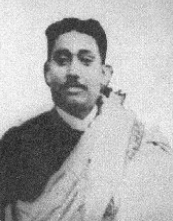
- The Conference aimed to expand and strengthen the Indian Independence League, form the Indian National Army, and hold a Conference for Indian representatives in Bangkok in June 1942.
The Bangkok Conference and the Formation of the Indian National Army
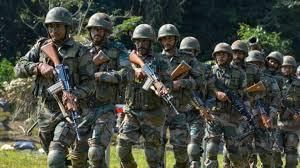
- The Bangkok Conference, which took place from June 15 to 23, 1942, saw the participation of over 150 Indian delegates from various regions, including Malaya, Singapore, Burma, Thailand, Hong Kong, Manila, and Java. During this conference, the Indian National Army (INA), also known as the Azad Hind Fauj, was established on September 1, 1942, with Captain Mohan Singh appointed as its Commander-in-Chief.
- The delegates at the conference extended an invitation to Subhas Chandra Bose to lead the movement for India's independence from British rule. Bose accepted this invitation and arrived in Singapore in June 1943, taking over the leadership of the INA.
- The INA was comprised of a significant number of soldiers captured by Japanese forces in Myanmar, Malaya, and Singapore. Some of Bose's famous battle cries included "Give me blood, and I will give you freedom" and "Delhi Chalo."
- A women's wing of the INA was also established, named after Rani Laxmi Bai, and led by Dr. Laxmi Swaminathan. On October 21, 1943, Subhas Chandra Bose founded the Provisional Government of Free India in Singapore. This government was recognized by nine countries, including Germany, Italy, Japan, and Myanmar.
- The Provisional Government of Free India gained its first territories when Japan handed over the Andaman and Nicobar Islands to it.
Objectives of the Indian National Army (INA)
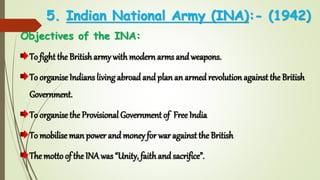
- To combat the British army using modern weapons and arms.
- To organize Indians living abroad and plan an armed uprising against the British government.
- To set up the Provisional Government of Free India.
- To mobilize manpower and funds for the war against the British.
- The motto of the INA was "Unity, Faith, and Sacrifice."
Victories of INA in Southeast Asia and Subsequent Retreats
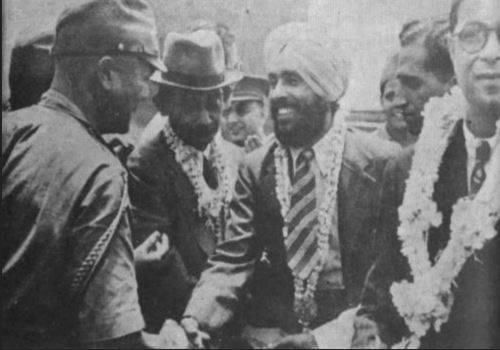
- The Indian National Army, in collaboration with the Japanese army, successfully captured several territories in Southeast Asia, including Mowdok near Chittagong, Kohima, and advanced towards Imphal.
- However, as the INA was nearing Imphal, the Japanese forces had to withdraw due to their conflict with American forces in the Pacific.
- Additionally, heavy rainfall hindered the INA's progress in capturing Imphal.
- The INA then retreated to Burma, where they maintained control for nearly a year until British forces recaptured Burma in May 1945.
- The defeat of Japanese forces in World War II also signaled the end of the INA's efforts in India.
- Subhas Chandra Bose, a key leader of the INA, tragically died in an airplane crash while en route to Tokyo.
Significance of the Struggles of INA
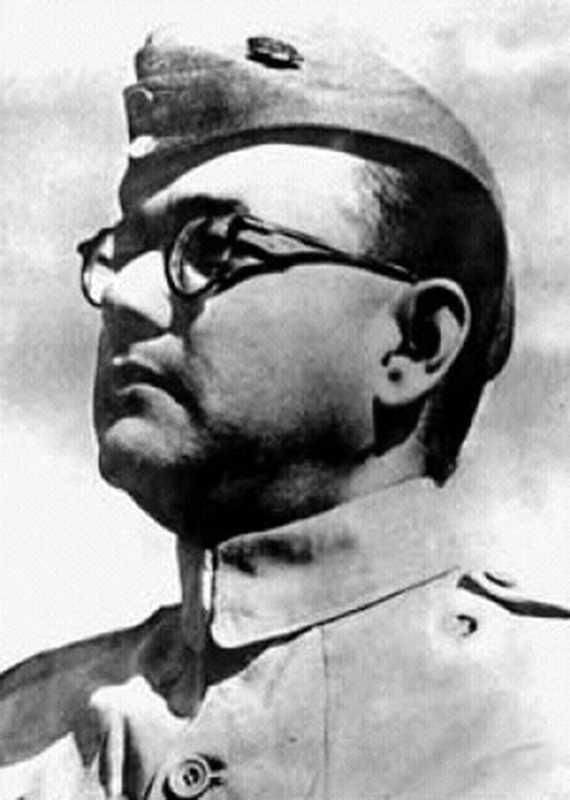
The Indian National Army (INA) put up a strong fight against the British forces during World War II. They advanced deep into Indian territory, capturing key military posts such as Klang Klang, Ukhral, and Kohima.
- Inspiring Uprisings: Although the INA did not achieve its goal of liberating India, its efforts significantly inspired uprisings within the Indian armed forces. The Indian Naval ratings in Mumbai, along with similar groups in Kolkata, Chennai, and Karachi, revolted against British rule. These uprisings shook the very foundation of British authority in India.
- Awakening Political Consciousness: The heroic actions and sacrifices of INA soldiers sparked a political awakening among the Indian populace. The British authorities began to realize that their rule over India was becoming increasingly untenable.
The document Revision Notes: Forward Bloc and the INA | History and Civics Class 10 ICSE is a part of the Class 10 Course History and Civics Class 10 ICSE.
All you need of Class 10 at this link: Class 10
|
30 videos|197 docs|28 tests
|
FAQs on Revision Notes: Forward Bloc and the INA - History and Civics Class 10 ICSE
| 1. Who was Subhas Chandra Bose and what role did he play in India's independence movement? |  |
Ans. Subhas Chandra Bose was a prominent leader in the Indian independence movement against British colonial rule. He advocated for complete independence and was known for his militant approach. Bose was the founder of the Indian National Army (INA), which aimed to overthrow British rule in India with the help of the Axis powers during World War II.
| 2. What was the Indian National Army (INA) and what were its objectives? |  |
Ans. The Indian National Army (INA) was formed with the aim of securing India's independence from British rule. Its objectives included mobilizing Indian soldiers in the British Indian Army and rallying support among Indians worldwide to join the struggle for independence. The INA sought to liberate India through military means and was instrumental in inspiring nationalist sentiments during the war.
| 3. What was the significance of the Bangkok Conference in relation to the INA? |  |
Ans. The Bangkok Conference, held in 1943, was significant as it marked the formal establishment of the Indian National Army under Subhas Chandra Bose's leadership. At this conference, Bose sought to unite various factions of the Indian independence movement and secure military and diplomatic support from countries like Japan. This conference played a crucial role in shaping the INA's strategy and vision for India's liberation.
| 4. What is the Forward Bloc and how did it relate to Subhas Chandra Bose? |  |
Ans. The Forward Bloc was a political party founded by Subhas Chandra Bose in 1939 after his differences with the Indian National Congress leadership. The aim of the Forward Bloc was to consolidate the nationalist movement and promote a more radical approach to achieving independence. It sought to unite various factions of the freedom struggle and was aligned with Bose's ideology of complete independence.
| 5. How did the activities of the INA and the Forward Bloc influence India's struggle for independence? |  |
Ans. The activities of the INA and the Forward Bloc galvanized nationalist sentiments across India. The INA's military efforts, although ultimately unsuccessful, inspired many Indians and highlighted the urgency for independence. The Forward Bloc's focus on a more radical approach brought new energy to the freedom struggle, encouraging greater participation from various sections of society in the fight against British colonial rule.
Related Searches





















